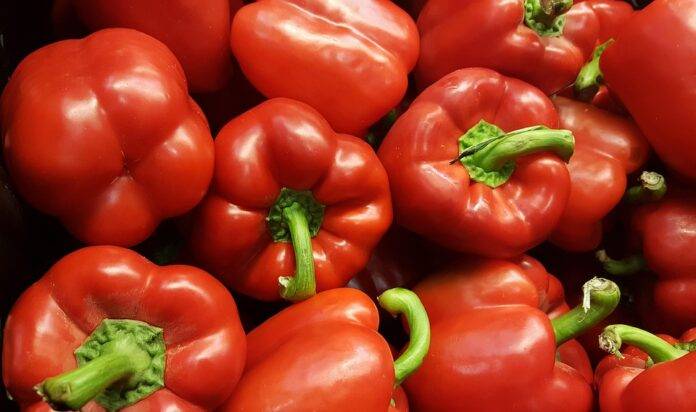The Importance of Sustainability in Pepper Farming
Sustainability in agriculture is becoming increasingly important as the world grapples with the effects of climate change. Pepper farming is no exception, as it is essential to ensure that this crop is grown in a way that minimizes its impact on the environment. One of the key aspects of sustainability in pepper farming is reducing water use and carbon footprint.
Reducing Water Use in Pepper Farming
Pepper plants require a significant amount of water to grow and thrive. However, excessive water use can lead to water scarcity and put a strain on local water resources. One way to reduce water use in pepper farming is through the implementation of drip irrigation systems. These systems deliver water directly to the roots of the plants, minimizing evaporation and runoff. Studies have shown that drip irrigation can reduce water use by up to 50% compared to traditional overhead irrigation methods.
Another way to reduce water use in pepper farming is through the use of mulch. Mulching helps to retain soil moisture, reducing the need for frequent watering. Additionally, planting cover crops can improve soil structure and water retention, further reducing the water requirements of pepper plants.
Case Study: Sustainable Pepper Farming in California
In California, a pepper farmer implemented sustainable practices to reduce water use on their farm. By switching to drip irrigation and using mulch, they were able to cut their water use by 30% while maintaining yields. This not only reduced the farmer’s water bills but also helped to conserve precious water resources in the region.
Reducing Carbon Footprint in Pepper Farming
Pepper farming also has a significant carbon footprint, mainly due to the use of fossil fuels in machinery, transportation, and the production of agrochemicals. To reduce the carbon footprint of pepper farming, farmers can implement practices such as conservation tillage, crop rotation, and the use of renewable energy sources.
Conservation tillage involves minimizing soil disturbance, which helps to sequester carbon in the soil. Crop rotation can improve soil health and reduce the need for synthetic fertilizers, further reducing the carbon footprint of pepper farming. Additionally, using renewable energy sources such as solar panels can help to power farm operations without relying on fossil fuels.
Case Study: Carbon Neutral Pepper Farming in Spain
In Spain, a pepper farm implemented a comprehensive sustainability plan to become carbon neutral. By using conservation tillage, crop rotation, and renewable energy sources, they were able to offset their carbon emissions and achieve carbon neutrality. This not only reduced the farm’s impact on the environment but also attracted environmentally conscious consumers who were willing to pay a premium for sustainably grown peppers.
Conclusion
Sustainability in pepper farming is essential for reducing water use and carbon footprint. By implementing practices such as drip irrigation, mulching, conservation tillage, and renewable energy, farmers can minimize the environmental impact of pepper farming while maintaining yields and profitability. It is crucial for farmers to prioritize sustainability in their operations to ensure the long-term viability of pepper farming and protect the environment for future generations.



